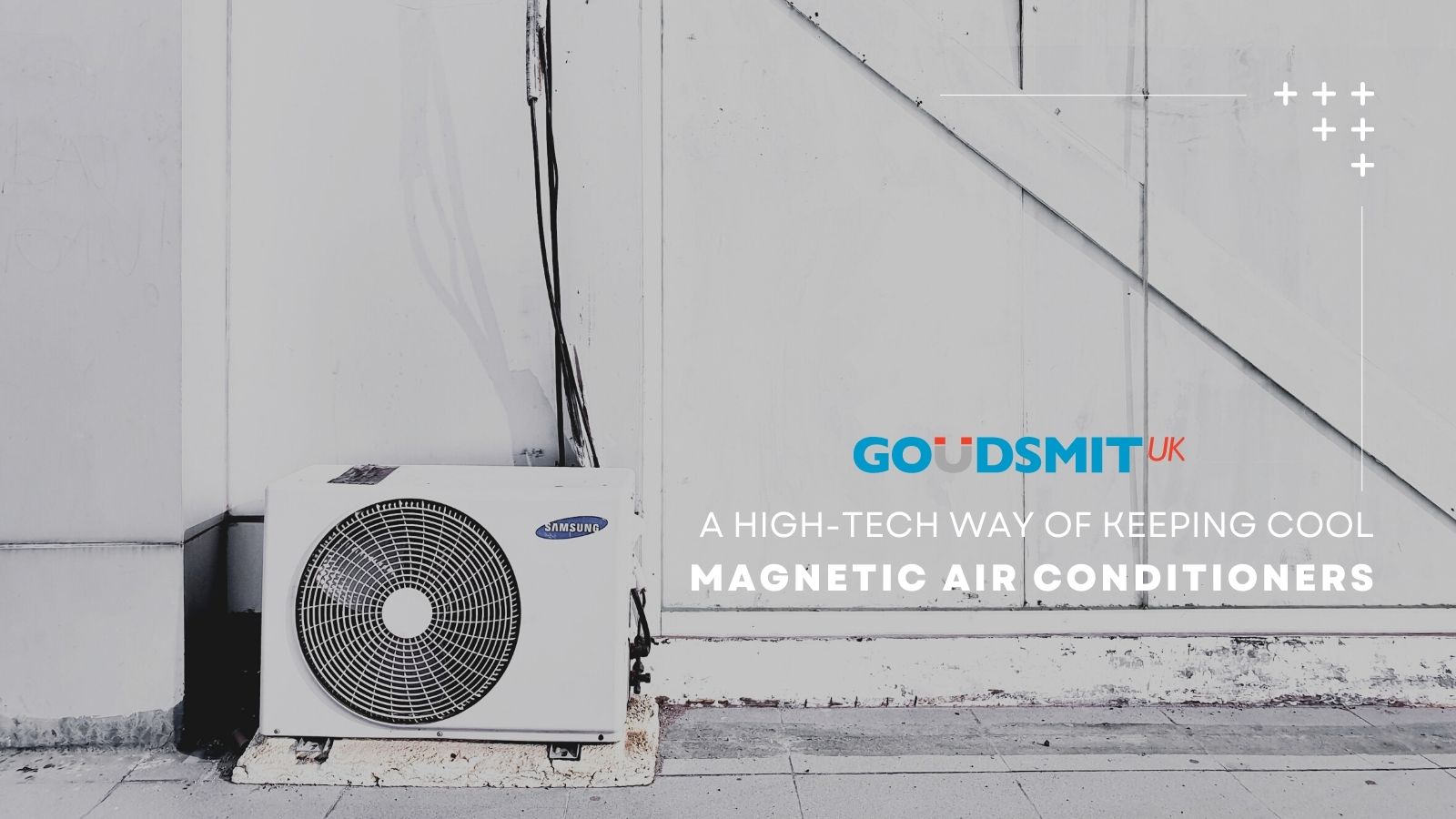With the Earth’s average temperature continuing to rise, those already in warm climates may find themselves increasingly tempted to tun up the A/C. However, traditional air conditioners consume large amounts of energy which can have a huge impact on your electrical bill.
Soon however, magnetic air conditioners may help keep homes cooler inside without making temperatures hotter outside. A traditional air conditioner works by changing a liquid refrigerant to a gas, absorbing heat from the outside air in the process. Then, compressing and cooling the gas to convert it back to a liquid. While, magnetic air conditioners take an entirely different approach to cooling. Utilising magnets instead of compressors and refrigerants to cool the surrounding air.
The Magnetocaloric Effect
Magnetic air conditioners are based on a phenomenon known as the magnetocaloric effect. Magnetic materials heat up when they are exposed to a magnetic field, then cool down when the field is removed.
First discovered in 1881 by German physicist, Emil Warburg, the temperature change was too small for any practical application. In recent years, different researchers have developed magnetocaloric metal alloys that produce a significantly larger magnetocaloric effect at room temperature.
How will magnetic air conditioners work?
Simply, magnetic air conditioners cool the air by quickly and repeatedly exposing a magnetocaloric material to a magnetic field. In one prototype designed, a wheel containing the rare-Earth element gadolinium spins through the field of a stationary magnet. As the disk spins, the gadolinium alloy heats up, then cools as it passes through a gap in the field. In turn, cooling the water that surrounds it as it makes its trip.
Is the technology environmentally friendly?
The alloy in a magnetic air conditioner acts as the ‘refrigerant’. Therefore, enabling water to provide the heat transfer, eliminating the need for the decidedly unfriendly hydrochlorofluorocarbons (HCFCs) used in traditional air conditioners. The earliest magnetocaloric alloys were either toxic or excessively expensive, whereas the newest magnetocaloric materials are both cost-effective and environmentally safe.
It’s important to note that magnetic air conditioners do require electricity. Although, the motor that spins the disk containing the magnetocaloric alloy is expected to be much more efficient than the compressor required to run a traditional air conditioner.
Is there a magnetic air conditioner in your future?
In addition to several researchers, there are already a few private companies, universities and government agencies around the world exploring magnetic cooling technology. This includes industrial and domestic applications including air conditioning, refrigeration and climate control.
The National Laboratory for Sustainable Energy at the Technical University of Denmark runs its own “MagCool” project. In 2009, BASF and Delta Electronics announced a corporate partnership to develop new magnetocaloric cooling systems and “explore the opportunities of magnetocaloric power generation.” Although major developments in this field have been made in recent years, commercial availability of magnetic air conditioners is still at least a few years away. With it also being noted that the first uses will most likely be industrial rather than residential.
Goudsmit UK
Goudsmit UK sub-contract manufacture a vast variety of magnets and magnetic assemblies to suit your requirements, no matter the industry. Qualified to ISO 9001 and AS 9120, we’re the perfect partner for you. Contact us today for more information at info@goudsmit.co.uk or on +44 (0) 2890 271 001.
For more information download our products and services brochure.







